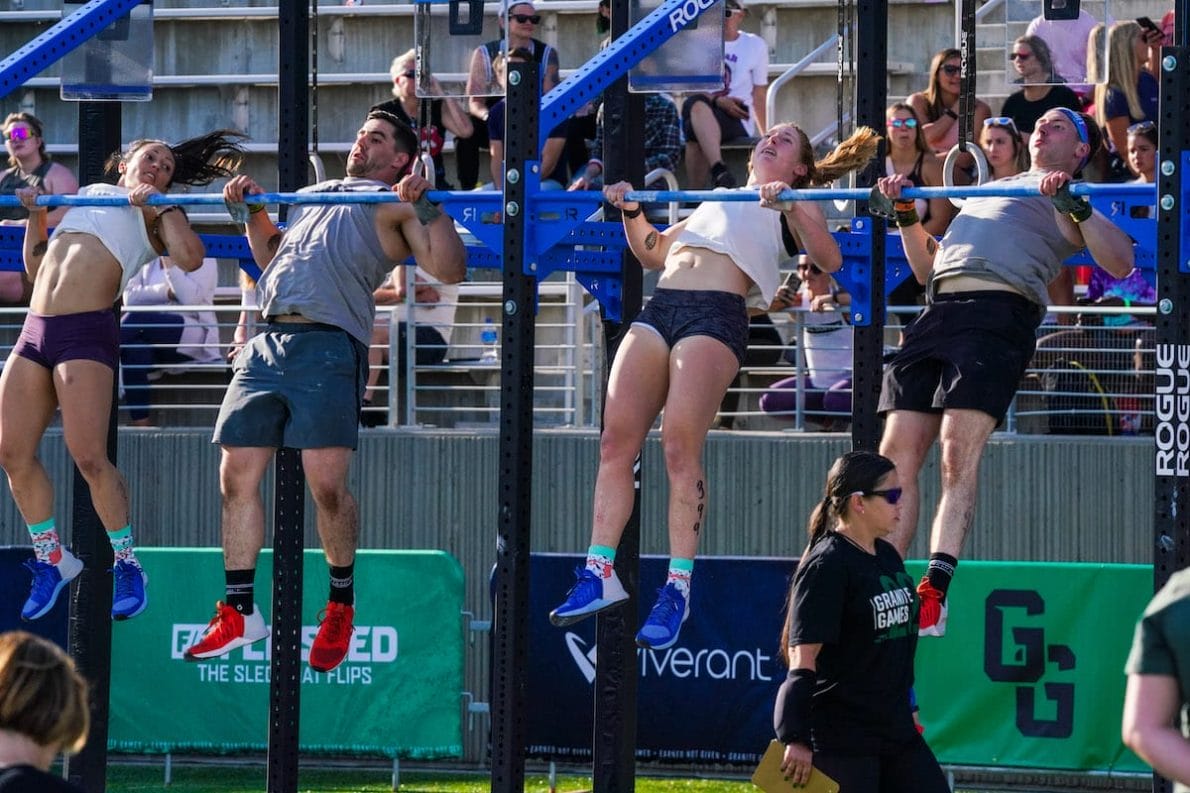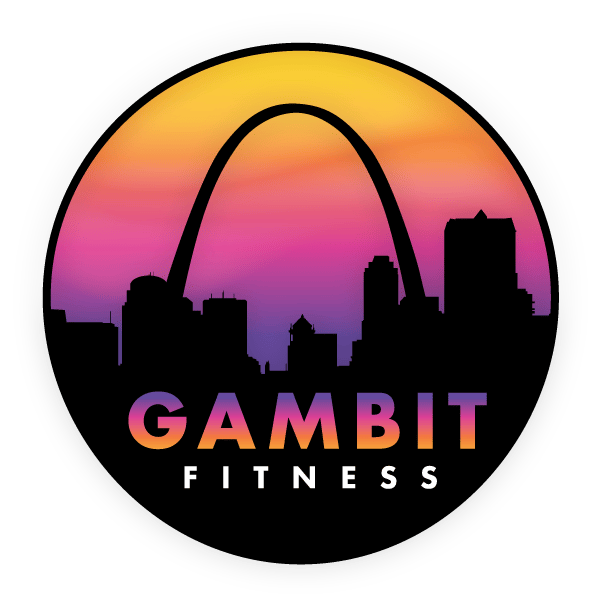GAMBIT FITNESS

MEMBER HANDBOOK SERIES
By Andrew Essig
Eat meat and vegetables, nuts and seeds, some fruit, little starch and no sugar. Keep intake to levels that will support exercise but not body fat.
Practice and train major lifts: Deadlift, clean, squat, presses, C&J, and snatch. Similarly, master the basics of gymnastics: pull-ups, dips, rope climb, push-ups, sit-ups, presses to handstand, pirouettes, flips, splits, and holds. Bike, run, swim, row, etc, hard and fast.
Five or six days per week mix these elements in as many combinations and patterns as creativity will allow. Routine is the enemy. Keep workouts short and intense.
Regularly learn and play new sports.
-Greg Glassman, CrossFit Founder
What Does This Mean to Me?
As you begin, shift gears, or push further into your fitness journey it’s important to keep things in perspective. We always go back to this statement by Greg Glassman because it rings as true today as it did during the early days of CrossFit. The sport of CrossFit does exist, but its original purpose as a training regimen was to improve your abilities within other sports and daily life.
Let’s Break it Down a Bit…
First we have a quick, simple statement on eating well. These are a great set of basic guidelines to quality eating habits to get started in the right direction and ultimately may be plenty of guidance for most people. Of course, you can take things further by timing your meals, calculating appropriate macronutrient levels and weighing and measuring food.
Then we get a brief list of activities that will help cultivate the 10 major components of fitness (strength, balance, accuracy, etc.). One of the reasons CrossFit is so effective is that its results are measurable, and its standards are clear. By breaking fitness down into these 10 components, we can be sure to address all of them without over-specializing. For example, we all know strength is important, but the average individual should not sacrifice balance in pursuit of all-out strength gains.
That is followed with a basic weekly training schedule. Again, a simple recommendation that covers most individuals, even competitive athletes. It suggests you need 5-6 days of training per week to see meaningful results, but take one or two rest days per week to focus on recovery and avoid over training.
And finally the advice to get out of your comfort zone. Go learn and see some new things and enjoy life. CrossFit was created to improve your performance, not take over your life. Take a trip and proudly carry your own luggage with ease, go for a long hike and surprise yourself by needing fewer breaks, or try a new sport without running out of breath halfway through.
Life in and out of the gym can get complicated, so it’s great to get back to basics once in a while. All good CrossFit gyms will – at their core – operate off of the statements above.
- Andrew
